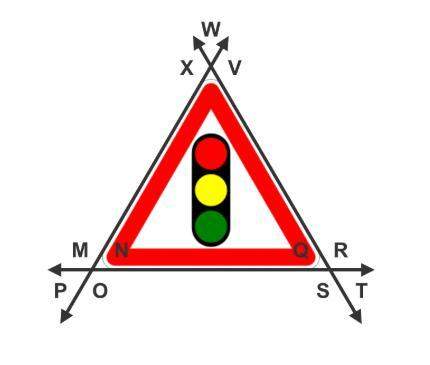
Mathematics, 18.05.2021 22:40 mrstealyogirl40
Part A Start by creating two different circles: Create a point, and label it A. To make the remainder of the activity easier, choose integers for the x and y coordinates of point A. Create a circle with its center at point A and with a radius of your choice. To make the remainder of the activity easier, choose an integer value for the radius. Create another point, and label it B. To make the remainder of the activity easier, choose integers for the x and y coordinates of the point. Create a circle with its center at point B and with a radius of your choice that is different from the radius chosen for circle A. To make the remainder of the activity easier, choose an integer value for the radius. Take a screenshot of the two circles you created, save it, and insert the image in the space provided. Part B Recall what you know about similarity. If circle B is similar to circle A, what must exist? Part C What is the difference of the x-coordinate of point A and the x-coordinate of point B? Part D In terms of rigid transformations (reflections, rotations, and translations), what does this difference represent? Part E What is the difference of the y-coordinate of point A and the y-coordinate of point B? Part F In terms of rigid transformations (reflections, rotations, and translations), what does this difference represent? Part G What is the ratio of the radius of circle A to the radius of circle B? Part H In terms of nonrigid transformations, what does this ratio represent? Part I Write a sequence of dilations and translations that maps circle B onto circle A. Part J What is the relationship between circle A and circle B? Part K You have established that circles A and B are similar. What conclusion can you make about any two given circles. Part L For assurance that the similarity proof can be generalized to all circles, try more examples of creating two circles and determining the similarity transformations that map one circle onto the other circle. Take a screenshot of two such circles, labeled C and D, that are different from the ones created in part A, save it, and insert the image in the space provided. Part M Write a sequence of dilations and translations that maps circle D onto circle C and that shows the two circles you created are similar.

Answers: 1


Another question on Mathematics

Mathematics, 21.06.2019 14:30
The number of revolutions of two pulleys is inversely proportional to their diameters. if a 24-inch diameter pulley making 400 revolutions per minute is belted to an 8-inch diameter pulley, find the number of revolutions per minute of the smaller pulley.
Answers: 1

Mathematics, 21.06.2019 20:00
Axel follows these steps to divide 40 by 9: start with 40. 1. divide by 9 and write down the remainder. 2. write a zero after the remainder. 3. repeat steps 1 and 2 until you have a remainder of zero. examine his work, and then complete the statements below.
Answers: 1

Mathematics, 22.06.2019 02:30
Akid's pool is cylindrical and has a radius of 5 feet and a height of 2 feet. if a cubic foot holds about 7.48 gallons of water, how many gallons of water does the kid's pool hold? 21 gallons 52.3 gallons 1,174,4 gallons 157 gallons
Answers: 2

Mathematics, 22.06.2019 04:20
Yes8. (03.01)the range of a relation is (1 point)a set of points that pair input values with output valuesx and y values written in the form (x, y)the output (y) values of the relationthe input (x) values of the relation0description
Answers: 3
You know the right answer?
Part A Start by creating two different circles: Create a point, and label it A. To make the remainde...
Questions


Social Studies, 12.05.2021 18:40

English, 12.05.2021 18:40



Mathematics, 12.05.2021 18:40

Mathematics, 12.05.2021 18:40




Mathematics, 12.05.2021 18:40

Mathematics, 12.05.2021 18:40


Biology, 12.05.2021 18:40

Mathematics, 12.05.2021 18:40

Mathematics, 12.05.2021 18:40

Mathematics, 12.05.2021 18:40

Mathematics, 12.05.2021 18:40





